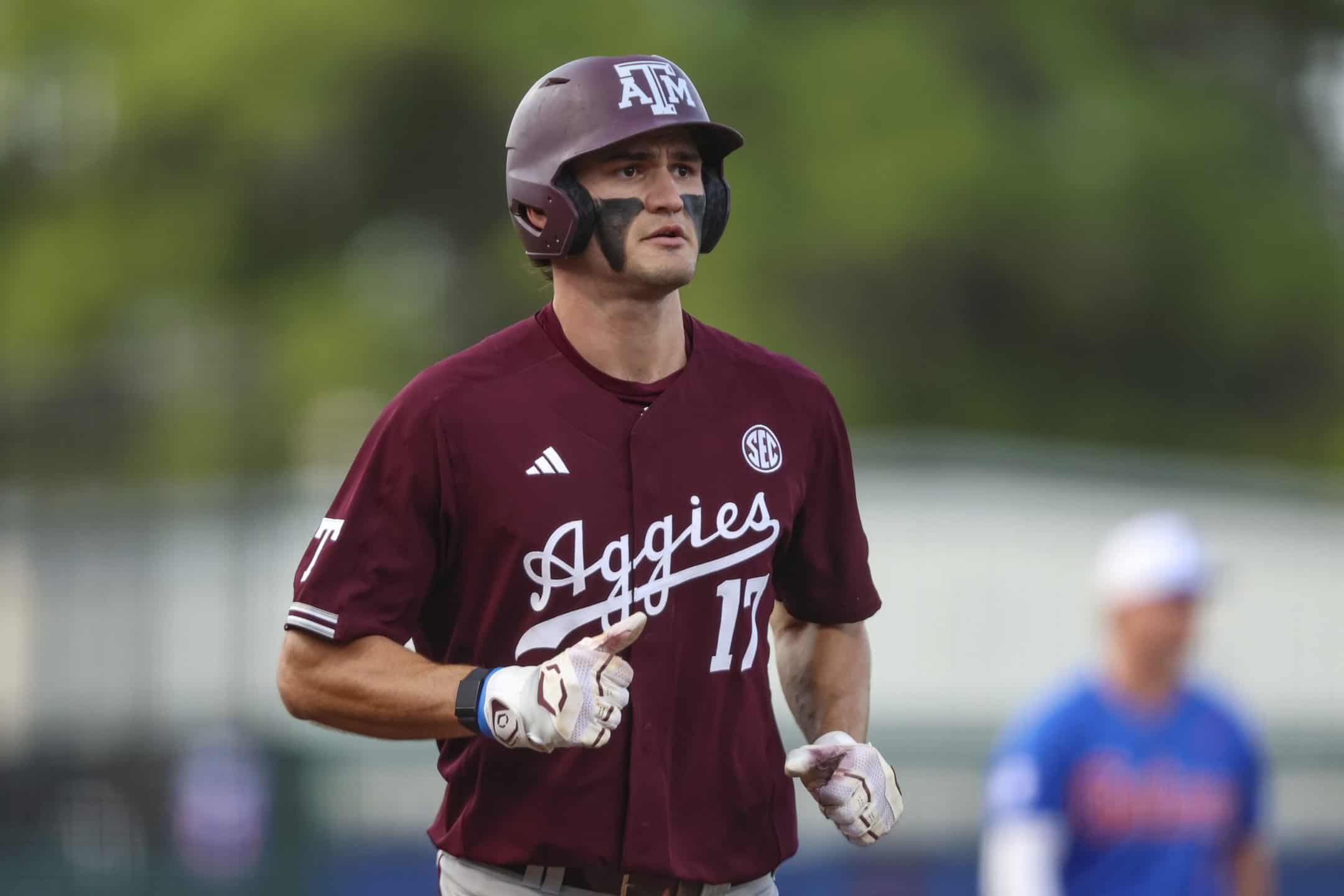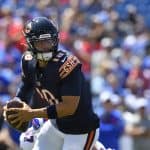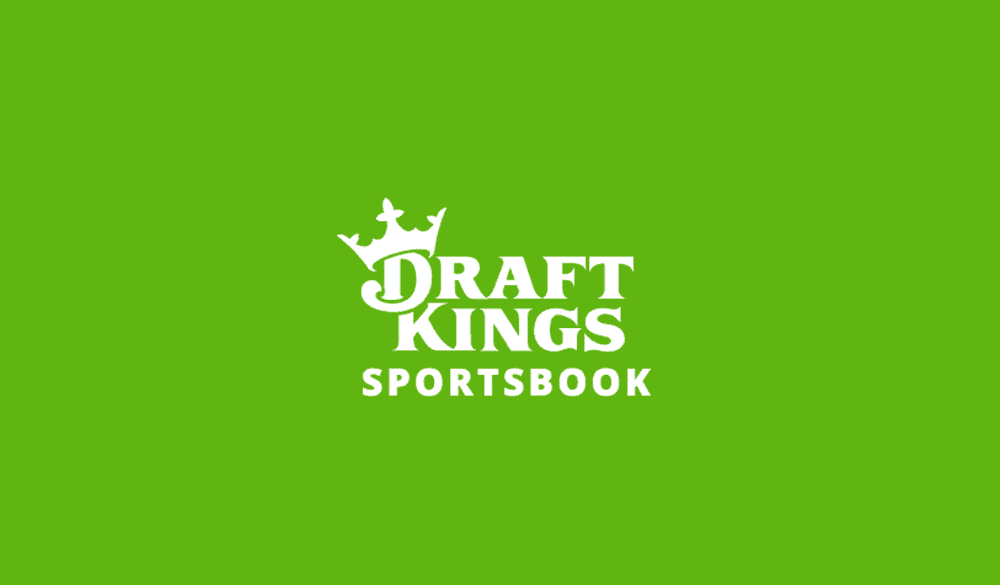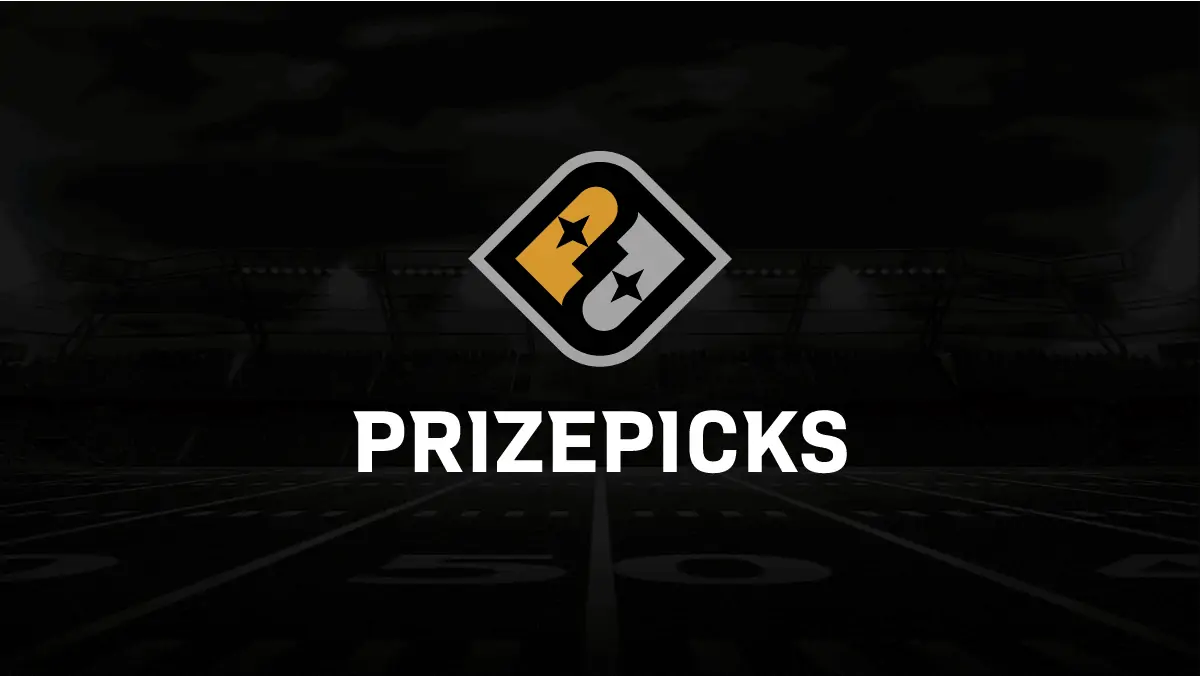While NIL has clearly changed the landscape of college football and college basketball, college baseball has undergone some major changes, too. The 2023 College World Series saw record viewership, and with talented prospects able to get paid while pursuing college degrees and avoiding the minor leagues, that trend is likely to continue: players who would’ve left college baseball behind earlier in their careers are now sticking around. As the sport’s popularity continues to increase, the sportsbooks have started to get in on the action, too. Let’s talk about how to bet on college baseball as I dish out my tips, strategy and expert advice.
How to Bet on College Baseball: Strategy, Tips & Expert Advice
How to Bet on College Baseball: The Logistics
How to Find College Baseball Markets
It can be a bit tricky to spot college baseball markets at your sportsbook. If you can search by sport, there will usually be a tab for either “College Baseball” or “NCAA Baseball” under the baseball tab.
If you cannot, sometimes clicking the “MLB” tab will reveal that book’s other baseball offerings, which usually include NPB, KBO and the minor leagues.
The season runs from mid-February to mid-June, so if you’re looking at a different time of year, you may not have much luck.
What College Baseball Bets Can You Place?
In almost all cases, college baseball betting markets are limited to the moneyline, run line and total. You won’t be able to get player props or inning-by-inning bets, and often, it’ll just be the moneyline.
A variety of futures markets can spice up your action. You’ll usually be able to bet on the eventual winner of the next College World Series year-round. Some sportsbooks will post lines for teams to make it to the College World Series, or the Elite Eight in March Madness terms.
During the college baseball tournament, you’ll also find futures for teams to advance out of their “Regional” and “Super Regional” groups. These can be a nice source of value since you’re not subject to the variance of just one game — even if your team loses once, they’ll have more chances to advance.
Regionals, the first round of the tournament, are four-team double-elimination tournaments hosted by one of 16 national seeds. Although they’ll play in their home stadium all series, the team designated as the “home” team will rotate, which is an important thing to follow for game betting.
One team will advance to “Super Regionals” from the four-team Regional pool. Also called “Supers,” this is the second round of the college baseball tournament (and equivalent to the Sweet 16). Teams will play in a best-of-three series where the host is the home team in Games 1 and 3. The winner advances to the College World Series in Omaha.
How to Bet on College Baseball: Strategy, Tips & Expert Advice
Know the Meta | College Baseball Betting Strategy
If you’re new to college baseball, you must learn the meta if you want to be a profitable college baseball bettor. Here are a few questions you should be asking yourself about every game before you even start thinking about the teams taking the field:
Who is at home?
Home-field advantage is more significant in baseball than in other sports because the home team will always get to bet last. While sportsbooks will do their best to designate the correct team as the “home” team, you shouldn’t blindly trust that the team in what you’re used to as the “home” spot at your sportsbook is actually the “home” team — or, you know, is even playing at their home stadium.
Where are the teams playing?
At the start of the regular season, as is sometimes the case in college basketball, teams will often play tournaments in random locations. This practice is especially prevalent in college baseball because the season starts in February, which isn’t exactly great for playing baseball in the Midwest or Northeast.
When are the teams playing?
Yes, you need to pay attention to the calendar when betting on college baseball. If it’s a Thursday, Friday, Saturday, Sunday or Monday, you’re probably betting on a weekend series — but there are exceptions. If it’s a Tuesday or Wednesday, you’re probably betting on a weekday standalone game.
What’s the difference? For one, teams usually build their pitching rotations around the weekend schedule, and if anyone is going to get a day off, it’ll usually be for the weekday game. If a series starts on Friday, a team will usually use its ace that game (hence the term “Friday starter”) before using its second-best arm on Saturday, and so on.
For another, conference play usually begins in mid-March, and teams will then spend almost all of their weekends until the conference tournament playing different conference foes in weekend series with mid-major opponents spliced in between.
If you bet on a high-profile team to win a weekday game, you may not get all the batters and pitchers you would’ve seen on the weekends, and that can have consequences in the box score.
What part of the schedule are we in?
Most of the rules I laid out above are true for the entire season, but there are exceptions. For example, since conference tournaments start in the middle of the week, teams may not have their Friday starters ready to go for their first or second games.
Another exception is that during Regional tournaments, host teams may choose to save their Friday starters for their second game, trusting a secondary arm to get the job done against a shaky automatic qualifier.
Know the Batting Order | College Baseball Betting Strategy
Only once you understand the context surrounding the college baseball game you’re thinking about betting on should you start to evaluate the teams at hand. That’s because, unlike with professional baseball, college baseball lineups are more fluid, and the LSU you’re getting on a Tuesday will often differ from the LSU you’re getting on Friday.
While I still value cumulative team and player stats, it can be helpful to think about them in terms of “weekend” and “weekday” numbers. Here are my two quick tips for understanding a team’s batting order:
Pay Attention to Team OPS
The key stat for me as a college baseball bettor is on-base plus slugging (OPS). It gives us a ton of insight into how many baserunners a team is generating and how effective they are at getting multiple bases at a time.
In 2024, six of the top eight teams by OPS were hosts at the Regional level. All of them advanced to Supers, where all but one of them again served as a host. Four then advanced to the College World Series.
Those top-eight teams all boasted an OPS in the high-.9s, which may sound like a ton in MLB terms, but know that most college baseball totals range from between 11.5 to 15.5.
… and Player OPS
Unlike the MLB, which features 30 teams and a maximum of 270 batters starting on a given night, college baseball features hundreds of teams and thousands of batters. It’s impossible to know every player’s numbers, but it’s pivotal to understand the outlier performers that power their teams’ success.
Because there are so many players in college baseball, the range of talent is incredibly wide. Batting orders will commonly feature future MLB starters alongside future used car salesmen, so it’s important to understand when a team has a truly game-changing performer and when a team has a balanced order.
In 2024, the Georgia Bulldogs had two of the national leaders in OPS, Charlie Condon and Corey Collins, both of whom were above 1.3 in the metric (Condon was above 1.5!) Without those two, Georgia wouldn’t have been a top-eight offense in the metric, and if either got a night off or were hurt, you’d be betting on (or against) a very different Georgia team.
Georgia’s season ultimately came to an end in Supers. In the finale, Condon and Collins combined for one hit, one walk and two HBPs across 10 plate appearances. The top-heavy Bulldogs didn’t get enough out of their other players to win the series.
Don’t forget about splits!
College baseball stats aren’t as well tracked (or as widely available) as MLB stats, but for teams in major conferences, you can almost always find batting splits. These are extra important in college baseball as handedness matters a ton — some teams may only have righty bats while others have a better distribution.
Let’s stick with the Georgia example. The Dawgs recorded a team OPS of around 1.05, but that dipped into the .9-range against lefties — and shot into the 1.1-range against righties. You should have some sense as to whether a team you’re considering is set up for success against the opposing pitcher.
Summer leagues matter, too
While the MLB is year-round, college baseball is just a spring sport. Players will often play in summer leagues when they’re not in class, and these are especially important to understand player development.
While some summer leagues are better than others, strong play can suggest improvement, while poor play can suggest a player was feasting against bad competition. Players who pop off in the Cape Cod League are generally reliable targets in the NCAA, especially batters, since it’s a wooden-bat league.
Notable standout performers in 2023 that played well in 2024 include Seaver King, who parlayed his 1.021 OPS into a roster spot at Wake Forest and MLB draft hype, Travis Bazzana, who led Oregon State to a Supers appearance behind his astounding 1.479 OPS, and Texas A&M stars (and future first-round picks) Braden Montgomery and Jace LaViolette.
Know the Pitching Staff! | College Baseball Betting Strategy
If you’re used to the MLB, you’re probably used to knowing the starting pitcher. The book may even list it on their site and offer “listed pitcher”-specific markets. Well, that’s a luxury you won’t often get in college baseball. So how should you adjust?
Try to Figure Out the Starter
The first step when evaluating a pitching staff is to, you know, actually try to figure out the starter. Team social media accounts can be a good source, but they’ll rarely post the information early enough in the day for you to have an edge.
Team beats and student newspapers can be a more efficient source. If you’re placing bets close to first pitch or later in the weekend, Friday Starters may have the information you need.
Know the Starter’s (or Team’s) RA9 and WHIP
I’m a bit weird when it comes to pitcher stats in college baseball. Lots of people talk about ERA but I care more about RA9, or runs allowed per nine innings. Because college baseball stats are more limited in scope — and because fielding is generally worse — RA9 paints a more accurate picture of what we can expect to happen.
Errors are less variance and more to be expected, and if a pitcher has a far higher RA9 than ERA, you shouldn’t expect their fielders to suddenly learn how to play defense. The opposite is true, too — if a pitcher’s RA9 and ERA are close to the same, you can probably expect their fielders to keep delivering.
I like WHIP (walks and hits per inning pitched) a lot at the college level as well. While coughing up baserunners isn’t a total death sentence in the MLB, unreliable fielders and aluminum bats can make them much more of an issue.
If you can’t identify the starter, you can approximate by using a team’s overall RA9 and WHIP. This isn’t an ideal solution, however, and if it’s your only option, consider sitting that game out or wagering less than usual.
Don’t Forget About the Bullpen!
While some stud pitchers at the college level will throw multiple complete games in a season (looking at you, Derek Clark), most will have to exit at some point, and games can swing in an instant when they do.
You don’t need to know the stats of each possible reliever, but you should probably know the bullpen’s numbers. You can find bullpen ERA (which you can also filter to just weekend or weekday numbers for a better picture) at Friday Starters.
OddsShopper’s Sports Betting Tools & Tips
New to sports betting? OddsShopper’s selection of Betting 101 articles is here to help. We even have a parlay builder and our guide to parlay betting. Check out our guide to finding positive expected value (+EV), and you can unlock more +EV plays by signing up for OddsShopper Premium!





























